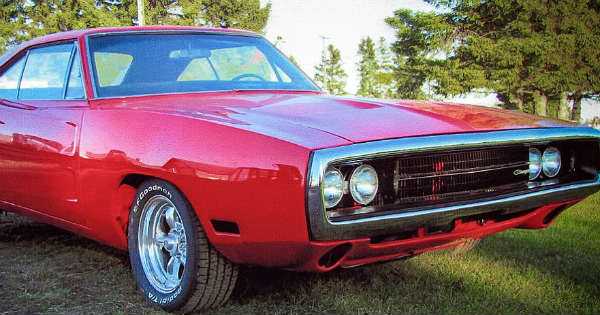Your car gets put through a lot. From pothole damage to minor scratches, there’s a myriad of ways your car can pick up minor injuries every single day. While most people notice the external, superficial wear and tear on their vehicle, lots of drivers forget that the internal workings of the car are also subject to minor damage over time. Taking care of your car, inside and out, means you won`t have to fork out for a big fix when these minor problems turn into huge ones.

We`ve come up with a list of things you should think about doing for the overall well-being of your car. Spending a little extra time and money taking preventative measures against natural deterioration of your car will pay off in the long run.
- Take care of your car’s air conditioning system.
There are very few things worse than a broken or faulty air conditioning system on a boiling summer day. If you`ve ever suffered through a long car ride with a gentle warm breeze as your only option for relief, you`ll understand the importance of taking care of your car`s air conditioner before it decides to break down, not after.
Your car’s air conditioner works by using refrigerant, a mixture that changes between a liquid and gas state as it changes pressure, as a cooling agent. As the various parts of the air conditioning system change this substance’s pressure, it also changes temperature.
Refrigerant is pushed through a loop and can consistently cool the air that comes from the vents into the inside of your car. However, over time, lots of small issues can start to form. Eventually, without proper care, these issues can develop into serious problems.
A leak in the system is a very common and normal occurrence. Because of the high pressures involved in the system, all cars are subject to small leaks. If measures aren’t put in place to minimize the frequency and strength of these leaks, they will get bigger, and eventually, let so much refrigerant escape that your car’s A/C system will no longer function properly.
Companies like Supercool.ac offer a range of products that extend the lifespan of your vehicle`s air conditioner. It’s highly recommended that you invest in a lubricant or refrigerant for your car that also contains leak stopper.
You’ll find plenty of options at Supercool. If there’s oil or residue build-up in the A/C system, they even offer a flush out product that will clean the entire system without you having to dismantle any of the parts.
- Cleaning the upholstery
Car seats come in a variety of materials. Leather is very commonly used and requires special care. Ensure you’re purchasing cleaning materials made specifically for leather, and always use a leather conditioner after the cleaning process.
Try to avoid using a paper towel on leather because it can leave marks. Instead, use a soft cotton cloth. If you’re dealing with another material, be sure to research recommended cleaning methods before attempting anything.
Or, if you’re unsure of the exact material used in your car, don’t risk cleaning it with a standard cleaning product!
- Maintaining brake health
The brakes are obviously one of the most important parts of any car. Absolutely crucial for safe driving, they require maintenance and care like any other part of your vehicle. Firstly, take note of when you’re using your car under challenging conditions.
Driving in heavy rain can be damaging for your brakes over time. Bad conditions can lead to heat generation and the build-up of dirt and dust.
Over time, these conditions can wear down brake pads, and you’ll start to notice braking becoming more difficult or that they are squeaking.
Investing in new brake fluid could save you a lot of time and money further down the line. It could even save you from a nasty accident. Brake fluid is a key part of the braking system in your car. Without it, your brakes wouldn’t work nearly as well.
Because of high pressure and high temperature, leaks can form in the braking system. When leaks form, you might notice that the braking pedal feels different – a different amount of pressure is required to move the pedal, or it travels further down than it used to.
If you’re experiencing any strange symptoms with your brake pedal, you must get it looked into sooner rather than later. Implementing a routine check-up is excellent practice and will only take about an hour to complete.
- A frequent oil change
Most people recommend that you check your engine oil every 3,000 miles. This number will vary depending on what type of conditions you’re typically driving in and what type of car you have.
It’s always worth checking your owner’s manual for a more specific guide. You can check your oil levels yourself using a dipstick. Make sure your car is parked on level ground, and your engine is off. Open the hood of the car, find the dipstick, and pull it out.
Wipe any oil off carefully, and then reinsert the dipstick. Pulling the dipstick out, check the oil levels by noting where the oil hits the stick. Your dipstick will have markers indicating the recommended oil levels, so you’ll know if it’s too low.
If it’s too low, you’ll need to add more oil. Use this opportunity to check the appearance of the oil as well. If it appears light and milky, this could mean a substance is leaking into the engine.
Or, if you see any small particles in the oil, this could mean there’s some kind of damage to the engine itself. Both of these symptoms are signs that your car needs professional attention.
We hope these tips have given you more insight into ways you can maintain a healthy car before any of the small issues get out of hand. If you`re in doubt, it`s worth taking your car to a mechanic for a quick check-up, just in case.

